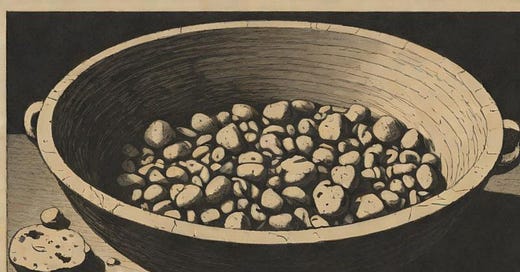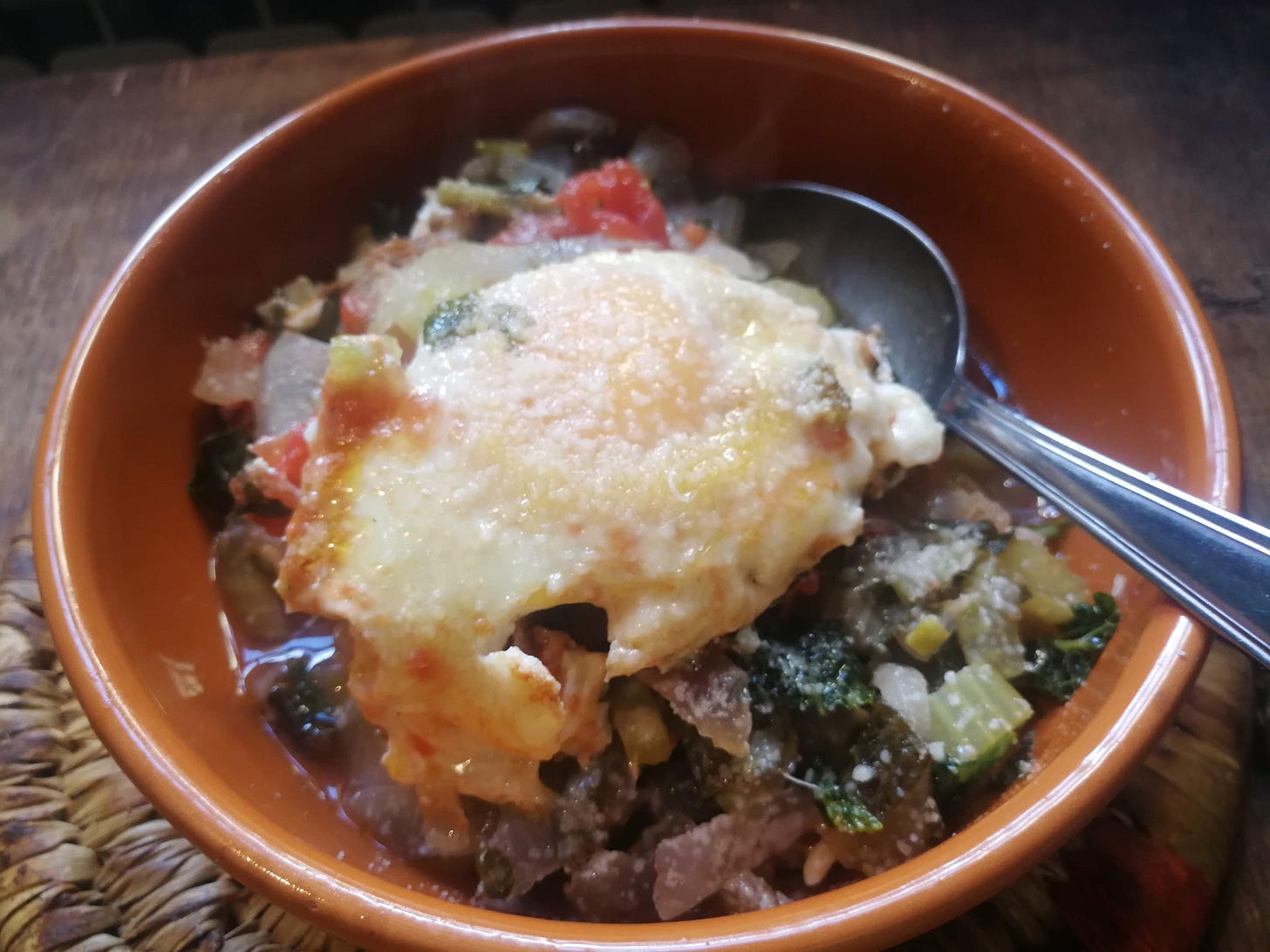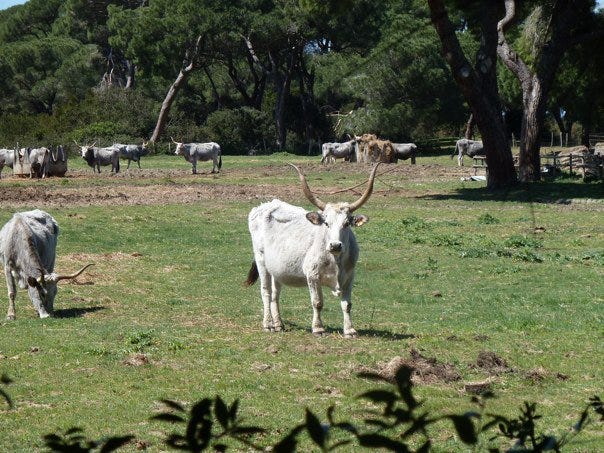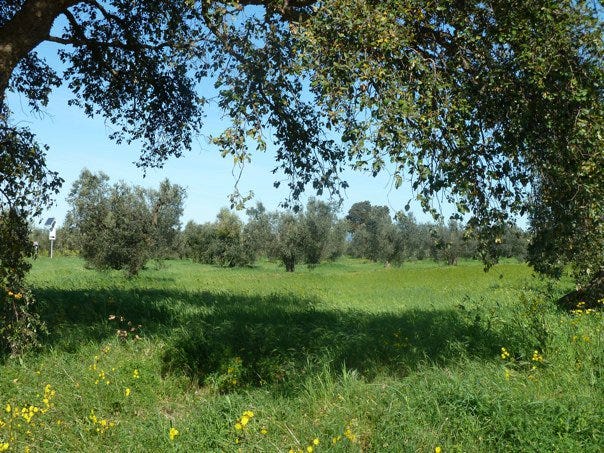Simply Divina is my culinary memoir sharing how I became a Tuscan cook, one recipe at a time. I am sharing the stories and recipes weekly. Become a paid subscriber to cook along with me.
Tuscans tend to eat more soups than pasta at home. Trattorias will offer many bread-based soups like Ribollita, a thickened minestrone, or Pappa al Pomodoro, a tomato-based version.
Minestre are light brothy soups, zuppe refers to a richer, thicker soup. Many of the soups here are vegetable-based, and this soup from the southern Tuscany region Maremma reminds me of Stone Soup I remember as a kid from Captain Kangaroo. The other important factor is that the “broth” is water. The soup is called Acquacotta, cooked water.
I remember my mother-in-law discovered bullion cubes and put them in everything. Still, the original recipes build up the broth's flavor with sauteed onions, leeks, and garlic, and then vegetables in olive oil and salting the vegetables before adding the water. It needs nothing else. When eating foods in season, they are at the peak of their flavor, and recipes can be kept simple.
The soup changes all the time. It’s a little bit of this and a little bit of that.
Maremma is where there is a cowboy culture and long-horned cattle. Heading out to round up the cattle, often meant cooking for yourself.
A Buttero, cowboy in Italian, would carry a piece of pancetta and perhaps an onion or garlic. The rest of the recipe would be foraged.
The fields are filled with edible greens, and the soup changes with the seasons. It can be filled with ingredients in spring and down to the basics later in the year.
Right now, we have dandelion greens, nettle, and borage growing. The base of the soup is the Tuscan red onions, which tend to be sweeter. Slow cooking releases all their goodness, and letting them cook to almost caramelize makes your broth richer.
Young spinach, chard, or kale can be added as well. It’s like a light minestrone enriched with an egg and stale or toasted bread.
I have enjoyed collecting so many of these regional versions of soups. They are so healthy and easy to combine with what you have. Once you learn the technique used, you improvise!
Everyone should try being Italian at least once a year!
I hope these recipes I share bring a little Tuscany into your life.
The recipe video lesson and PDF are after the paywall for the paid subscribers.










